Updated fuel economy rules from the Environmental Protection Agency delay phaseout of existing EV mileage rules that provide extra credits to automakers for EVs they sell as electric vehicle market faces cooling sales and demand.

New EV mileage rules aim to bring flexibility and time to automakers as they prepare for an all-electric future
When the U.S. Government first threw its hat behind the electrification of the auto industry, many politicians hoped that EV tax credits and other incentives would be enough to convince Americans to switch from a gasoline vehicle to an all-electric one while also compelling automakers to increase electric vehicle production. However, mass adoption has been moving slower than many expected and in the face of slowing EV sales, the Environmental Protection Agency (EPA) has updated proposed EV mileage rules which give automakers time to navigate the changing market landscape.
Proposed rules would have put automakers in a bind
Prior to this announcement, the new EV mileage rules that were proposed would have forced automakers to produce more electric vehicles with the companies facing hefty fines and other penalties if they failed to comply.
The mandated increase in EV production would have caused big problems for the automakers since cooling demand for electric vehicles has already seen them pile up on inventory lots at dealerships, with a survey from Cox Automotive reporting that EVs sat on dealer lots for an average of 92 days during the second quarter of 2023. This pileup of inventory prevents dealerships from taking in more ICE vehicles and that cuts into their bottom line as a result.
The new guidance from the EPA delays the phaseout of an existing EV credit program that gives automakers extra fuel economy credits for EVs that they sell. This existing setup has allowed the automakers to produce EVs alongside existing gasoline-powered vehicles which continue to be a reliable source of profit. That’s especially true for GM, Ford, and Stellantis with all three getting a large slice of their profits from large SUV and pickup truck sales. The decision comes after the government initiated several meetings with automakers who confirmed that they would be unable to meet the production targets for EVs that were listed in the new rules. That included a goal to make electric vehicle market share rise to 67% by 2032 with the current drop in demand making the task of meeting that figure more difficult. Other automakers like Toyota will also benefit from the decision as well with the company stating in the past that it envisions a future where hybrid and plug-in hybrid models can be sold alongside EV models like the Toyota bZ4X.
“Let me be clear: Our final rule delivers the same, if not, more pollution reduction than we set in our proposal,” EPA Administrator Michael Regan told reporters. In addition to carbon pollution, the final standards also will reduce other serious air pollution that contributes to heart attacks, respiratory illnesses, aggravated asthma, and decreased lung function Regan further stated. Regan also revealed that the new standards are designed to be technology-neutral and performance-based with the new rules giving automakers the ability to choose pollution control technologies that are best suited to their customers while still meeting environmental and public health goals.
New guidance is a victory for automakers
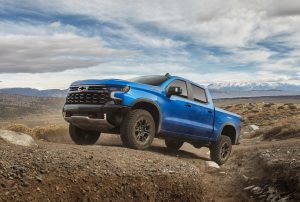
Automakers stand to benefit from the rule changes including those that get their profits from SUV and truck sales
While the new rule framework still encourages EV adoption, it’s less rigid than what was originally proposed and the increased level of flexibility that emerges as a result helps give the automakers more time to develop electric vehicles that are more affordable and cost-effective
In the meantime, automakers will still be able to continue building gasoline-powered vehicles while complying with Corporate Average Fuel Economy (CAFE) standards without embarking on a costly increase in electric vehicle production. That’s due to the way CAFE works with the policy calculating a fleet-wide average across the entire product lineup of a manufacturer. As a result, the higher mileage ratings for EVs can compensate for lower mileage vehicles including performance models.
MEMA, The Vehicle Suppliers Association applauded the EPA’s new rules and noted that the organization’s selection of Alternative Three will facilitate “a more gradual steady implementation of the stated emissions requirements. This approach will provide global supply chains greater flexibility to adapt to the regulations while reorienting to meet market demands and restructuring needs.”
More EV Stories
- Canada Banning Combustion Engine Sales by 2035
- EPA Expected to Give Automakers a Break on Emissions and Mileage Standards
- Biden Administration Plows $773M into EV Charging Projects
Will we see more plug-in hybrids?
The rule changes instituted by the EPA could also create an opportunity for automakers to develop more plug-in hybrid (PHEV) vehicles. Unlike a traditional hybrid model, a PHEV serves as a bridge between a traditional gasoline-powered vehicle and an all-electric model with this middle ground benefiting buyers that want some of the benefits of an EV but still want the familiarity that comes with a traditional gasoline model.
This could give automakers enough of an incentive to increase the amount of plug-in hybrids in their lineup while also satisfying demands from their dealer network to have vehicles that spend less time on their lots before they are sold.
It would also comply with the EPA’s rule with the agency stating that automakers can meet the limits if at least 56% of their vehicle are from electric cars by 2032 with the policy allowing for 13% of these sales to come from plug-in hybrids or other models with partial electrification as well as more efficient gasoline vehicle models. It’s important to note that this new figure is down from the controversial 67% that was a part of the original proposal.

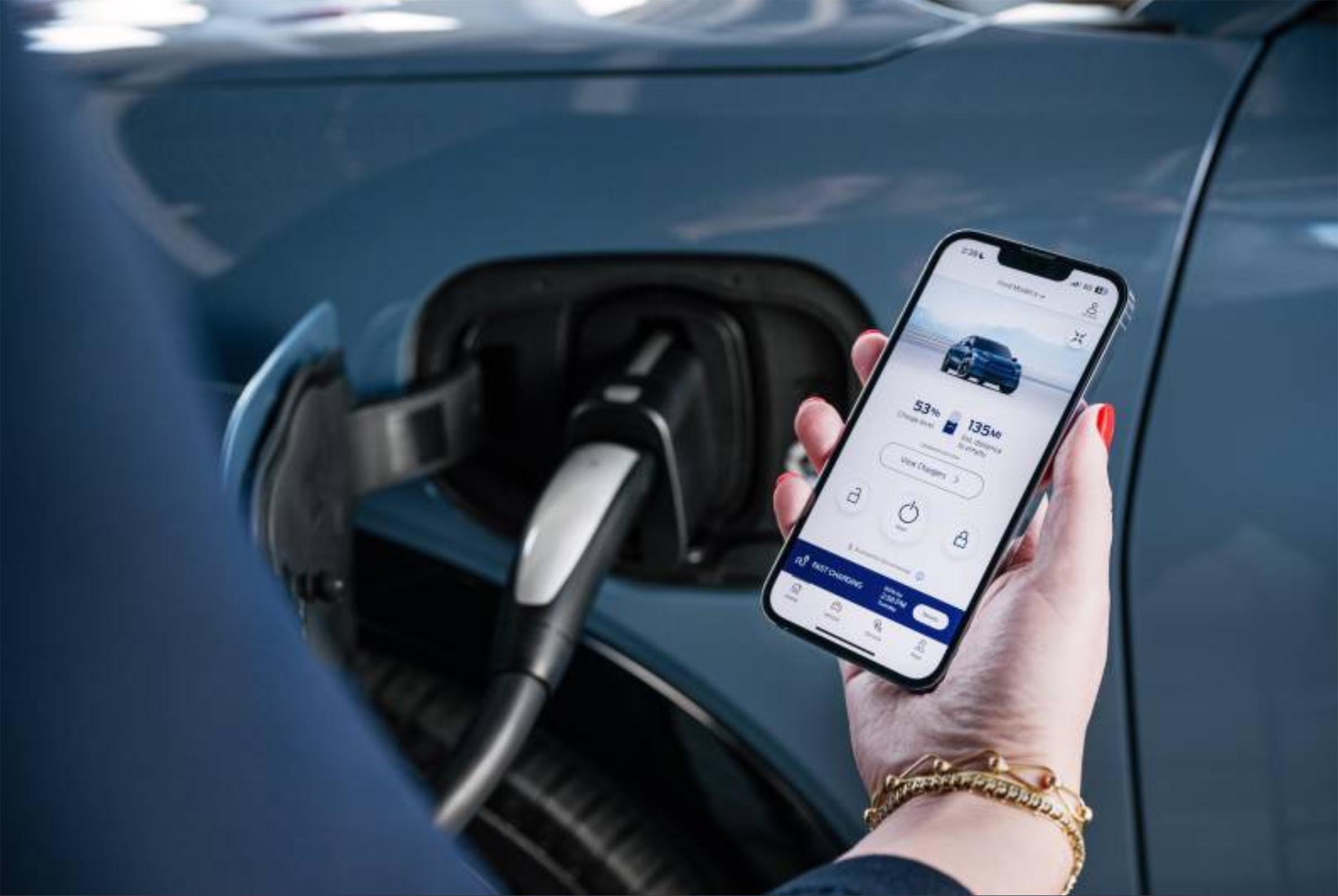

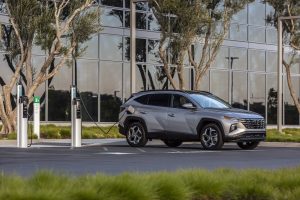

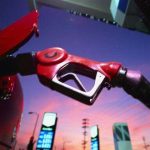

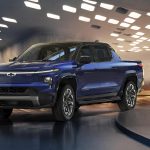



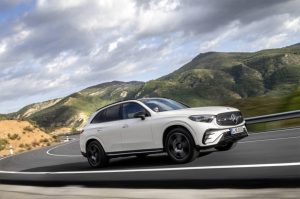


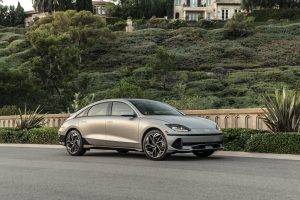
0 Comments